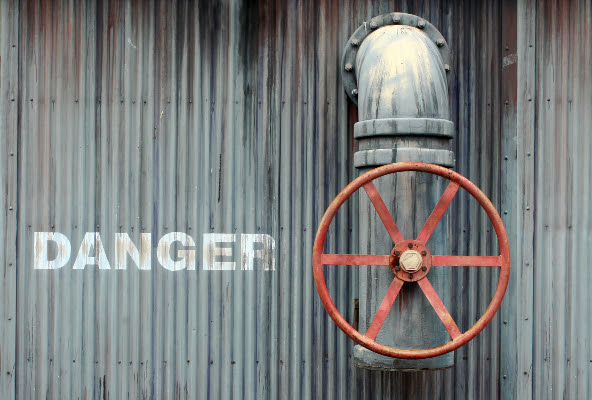The risk of injury or death is highest for people working the most dangerous jobs in America.
We list the top 10 most hazardous occupations in the US and the safety inspection that could potentially save lives.
#10: Grounds maintenance worker
Grounds maintenance workers mow and edge lawns to ensure grounds are attractive and orderly. In 2019, grounds maintenance workers experienced a fatal injury rate of 18 per 100,000 workers, accounting for 229 deaths.
Using The Checker's grounds keeping inspection, users can ensure that the equipment is in good working order, and that none of the essential guards are missing.
#9: Farmers, ranchers, and other agricultural managers
Farmers, ranchers, and other agricultural managers experience a fatal injury rate of 23.2 deaths per 100,000 workers, accounting for 238 fatal injuries. The most common cause of fatal injuries is transportation incidents.
Using The Checker’s tractor inspection checklist, users can conduct daily inspections to ensure all tractor units, equipment, and machines for all agriculture applications are safe to use and operate.
#8: Structural iron and steelworkers
The death rate per 100,000 workers is 26.3 for structural iron and steelworkers, accounting for 18 fatal injuries. The most common cause of fatal injuries include falls, slips, and trips.
To make workplaces for structural and steelworkers safer, use The Checker's rigging and slinging equipment checklist inspection book.
#7: Drivers/Sales Workers and Truck Drivers
Drivers and truck drivers experience a fatal injury rate of 26.8 deaths per 100,000 workers, accounting for 1,005 fatal injuries. The most common cause of death is linked to transportation incidents.
Using The Checker’s cargo/cube and trailer inspection checklist, users can help ensure all truck units are safe for transporting goods and people.
#6: Refuse and Recyclable Collectors
The death rate per 100,000 workers is 35.2 for refuse and recyclable material collectors, accounting for 31 fatal injuries.
Use The Checker’s waste, refuse, recycle, and trailer inspection checklist to increase workplace safety
#5: Helpers, construction trade
Helpers and workers in the construction trade experience a fatality rate of 40 per 100,000 workers, accounting for 20 fatal injuries and 2770 nonfatal injuries. The most common causes of death are falls, slips, and trips.
Increase workplace safety at construction sites using The Checker’s concrete and trailer inspection and crane and hoist equipment checklist.
#4: Roofers
The death rate per 100,000 workers is 54 for roofers, accounting for 111 fatal injuries and 3850 nonfatal injuries. Falls, slips, and trips are the most common causes of death and injury.
You can help prevent roofing-related deaths and injuries, with The Checker’s aerial work platform checklist.
#3: Aircraft pilots/Flight engineers
Aircraft pilots and flight engineers experience a fatal injury rate of 61.8 per 100,000 workers, accounting for 85 fatal injuries.
For pilots, the cockpit is a workplace. To help make any workplace safer, use The Checker's worksite instant reporter.
#2: Loggers
The death rate per 100,000 workers is 68.9 for logging workers, accounting for 46 fatal injuries and 930 nonfatal injuries. The common cause of death is contact with objects and equipment.
To reduce the risk of injury or death at logging sites, use The Checker’s chainsaw inspection checklist.
#1: Fishing and hunting workers
Fishing and hunting workers experience a fatality rate of 145 per 100,000 workers, accounting for 44 fatal injuries and 50 nonfatal injuries.
The Checker's ATV checklist inspection is perfect for outdoor workers and worksites where vehicles for any terrain are necessary.











